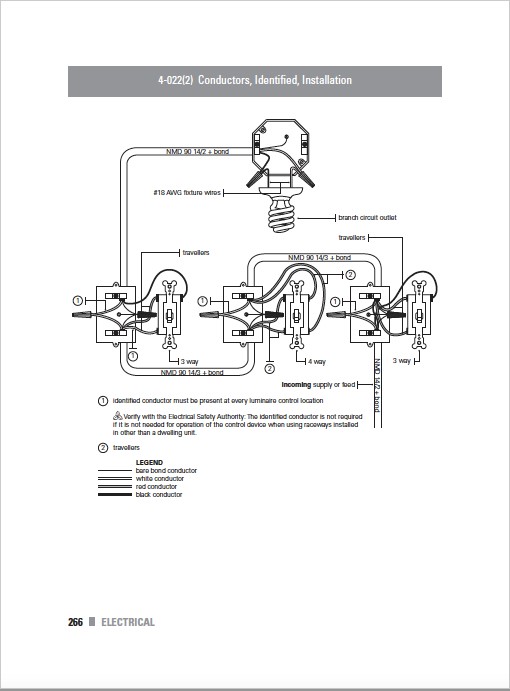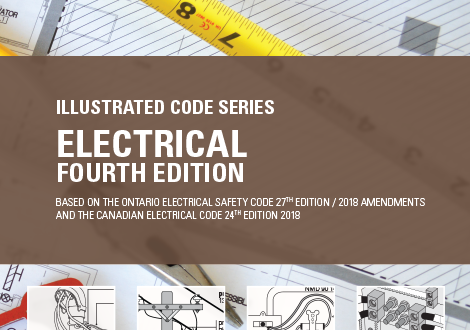Do I install an identified conductor for lighting switches?
Teaching Trade School always leads apprentices to ask some great questions. One of the questions that I get asked every term is regarding the Code requirement for an identified conductor to be installed in every outlet box or control point for lighting.
Typically, in the past, controlling lighting was limited to opening or adjusting the circuit through the hot wire. Now, there is a whole host of new digital versions of lighting controls such as dimmers, motion sensors, photocells, and proximity sensors, etc. These devices now require an identified conductor to complete the inner circuit for operation.
The question for electricians is: what do you do with the white wire or terminal on the device? The Code has to decide what is the most practical way to deal with completing the circuit of the digital device for lighting controls.
In the past many electricians were terminating the white wire to the bonding screw in the outlet box. Since the amount of current is typically 0.5mA that flows through the digital device from the bonding screw along the bonding pathway is such a very small current, it was understood to be a non-issue. This, of course, is against the Code since the bonding pathway is only intended for fault current and not circuit current. As well, the next question is really: how many of these devices are connected and using the bonding pathway? And, of course, the answer is:” too many” because no electrician is expecting any current on the bonding pathway, however small. It just isn’t safe!

So, to simplify matters from an installation point of view you need a white wire installed at all times in the lighting control outlet box to accommodate any of these types of devices. Part of the rationale is that controls are installed at various heights and in various locations from ground level to overhead and now the neutral is always ready to be put into use.
This is excellent planning where cable is used between these boxes; but is it necessary when conduit is used? Probably not unless the design calls for it. So, the long and the short is: typically, residential is a cable wiring method between boxes while in ICI is a raceway wiring method.
- With cable used as a wring method the conductor is available without having to go to extremes just to add the white conductor.
- With conduit or tubing used as a wiring method the added conductor, if necessary, can be simply pulled through the conduit into the box.
For 3-way or 4-way switch installations, this all becomes tricky since the white wire is permitted to be used as a “traveler” and de-identifying the conductor is permitted to be omitted. Whichever way you are wiring these switches there still must be an identified conductor in each switch box for the digital device to operate- if you are using cable as a wiring method.
Master Electrician
Marvin Rosenberg is an authority and creator of electrical exam preparation. He is a Red Seal Endorsed Master Electrician who has worked for more than 30 years in the electrical trade in the residential, industrial, commercial and institutional sectors.

The experience of working as an Electrical Service Inspector as well as a Master Electrician Examiner led Marvin to start teaching journeypersons and apprentices exam preparation. He is the electrical course developer and advisor in the Centre for Continuous Learning and teaches in the Electrical Apprenticeship and Skilled Trades program at George Brown College in Toronto.
Marvin continues to enjoy teaching Pre-exam courses for Construction and Maintenance Electrician, Domestic and Rural Electrician, as well as Master Electrician.

